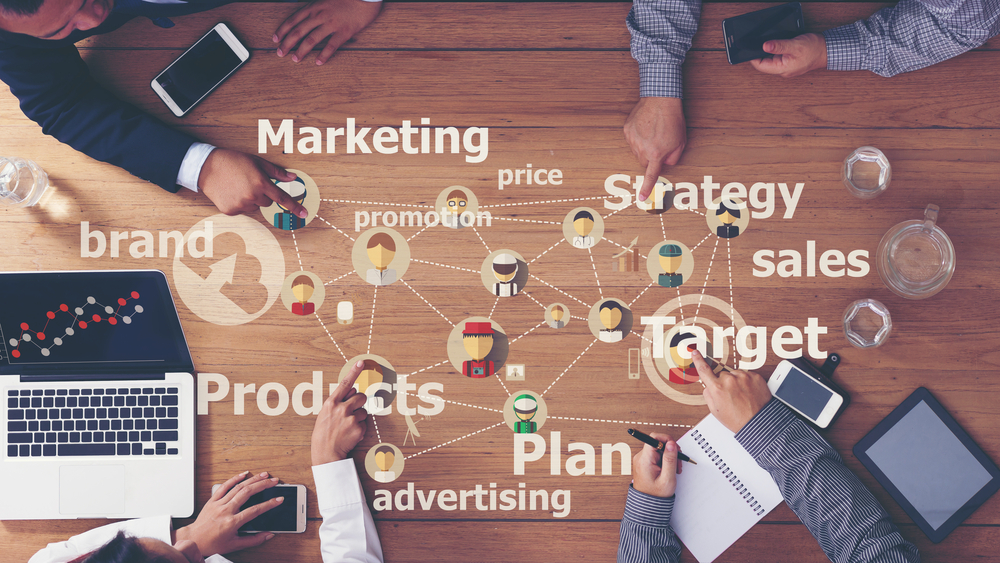
Introduction: Harnessing the Power of Big Data
In today's digital landscape, data is the new gold. It provides unprecedented insights into consumer behaviors, preferences, and trends, enabling marketers to create highly targeted and personalized campaigns. This vast volume of data, often referred to as 'Big Data', can transform the way businesses approach their marketing strategies. In this blog post, we will explore how to utilize Big Data to enhance personalization in your marketing campaigns.
Understanding Big Data
What is Big Data?
Big Data refers to extremely large datasets that can be analyzed to reveal patterns, trends, and associations, especially relating to human behavior and interactions. It's characterized by its volume, variety, velocity, and value.
Importance of Big Data in Marketing
Big Data plays a pivotal role in marketing by providing a wealth of insights that can drive decision-making, enhance customer understanding, and improve campaign performance. It's particularly valuable for personalization, enabling marketers to tailor their campaigns to individual customer needs and preferences.
Big Data and Personalization: A Match Made in Marketing Heaven
Deep Customer Insights
Big Data allows marketers to gather deep insights into customer behaviors, preferences, and needs. This information can inform customer personas, segmentation, and targeted marketing strategies.
Real-Time Personalization
With Big Data analytics, marketers can personalize campaigns in real-time, adapting to changing customer behaviors and market trends. This allows for timely and relevant marketing that resonates with customers.
Predictive Analytics
Big Data can also enable predictive analytics, allowing marketers to anticipate customer needs, predict future behaviors, and tailor their campaigns accordingly.
Utilizing Big Data for Personalized Marketing: A Step-by-Step Approach
1. Data Collection
The first step in utilizing Big Data for personalization is collecting data. This could involve tracking website interactions, collecting customer feedback, monitoring social media activity, or integrating third-party data sources.
2. Data Analysis
Once you've collected data, the next step is to analyze it to extract meaningful insights. This could involve identifying patterns, segmenting customers, or using predictive analytics to forecast future behaviors.
3. Personalization Strategy
Armed with your data insights, you can develop a personalization strategy. This could involve tailoring your messaging, offers, and experiences to individual customer segments or even individual customers.
4. Implementation
The next step is to implement your personalization strategy. This could involve creating personalized emails, tailoring website content, or delivering targeted ads.
5. Monitoring and Optimization
Finally, it's important to monitor your campaign performance, gather feedback, and continuously refine your strategy. This ongoing process of learning and optimization is key to leveraging Big Data effectively.
Case Studies: Big Data and Personalization in Action
Netflix
Netflix uses Big Data to personalize content recommendations for each user, based on their viewing history and preferences. This not only enhances user engagement but also improves content discovery and satisfaction.
Amazon
Amazon leverages Big Data to personalize product recommendations, ads, and promotions, tailored to each user's browsing history, purchase history, and preferences. This personalization strategy has been instrumental in driving Amazon's customer loyalty and revenue growth.
Conclusion: Big Data - The Key to Personalized Marketing
In the era of Big Data, personalization is no longer a luxury; it's an expectation. Customers expect brands to understand their needs, value their time, and provide relevant experiences. By leveraging Big Data, marketers can meet these expectations, enhance customer engagement, and drive campaign success.





